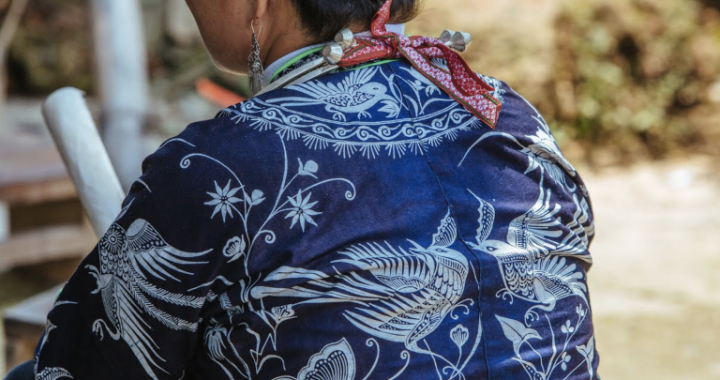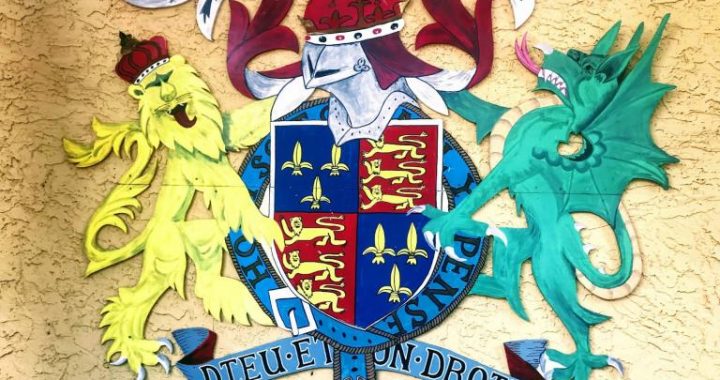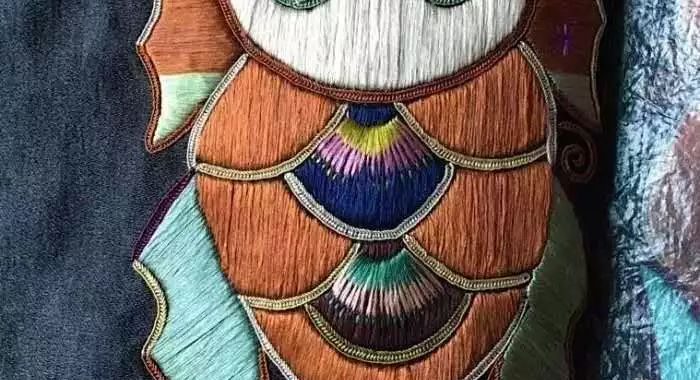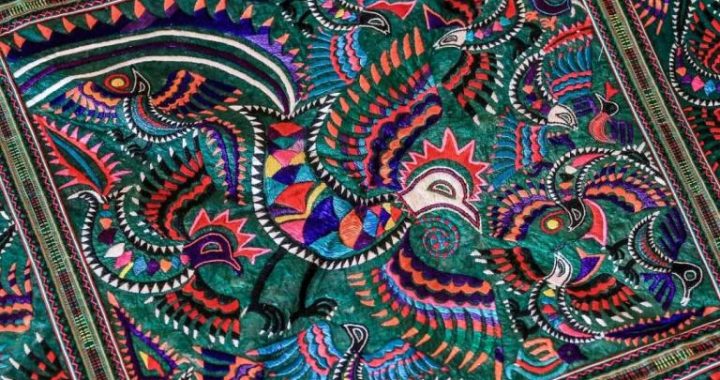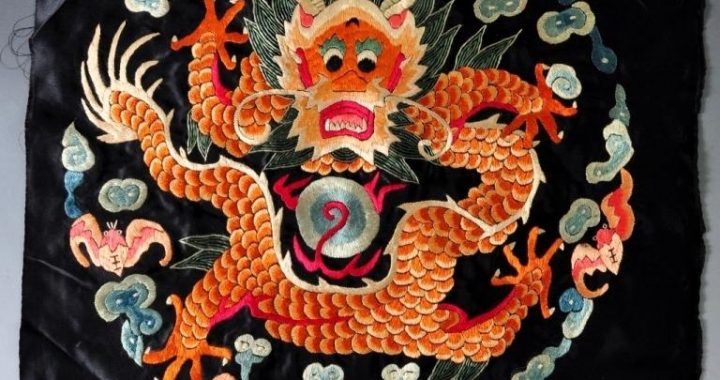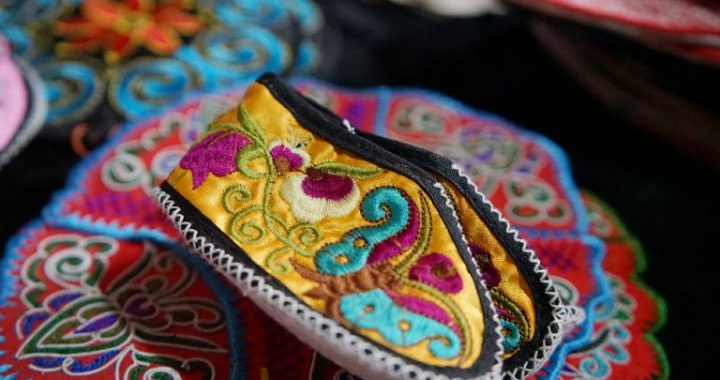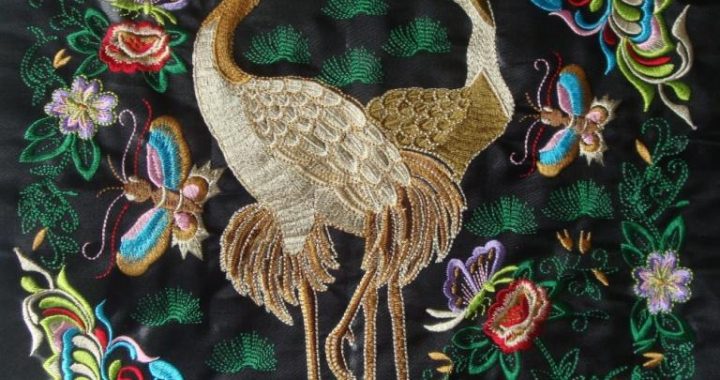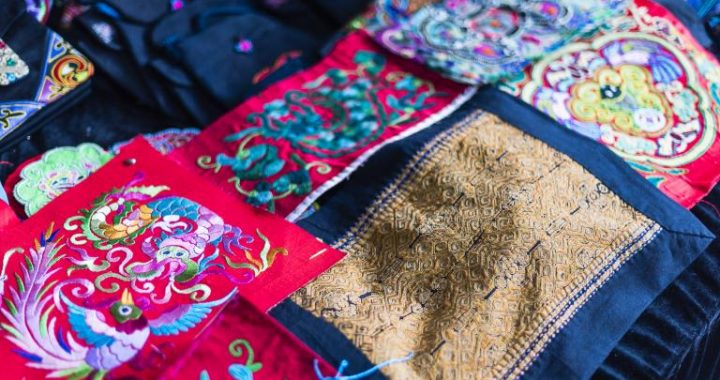Dress of the Southern and Northern Dynasties
3 min readIn the Southern and Northern dynasties, battles frequently took place. The spli between the south and the north caused social unrest. The regime of Han nationality in Central Plains was taken by minority groups. Every nationality basically scattered across the country and influenced each other in politics, economy, culture, customs and language, forming a situation of mixing together. Meanwhile, to avoid the endless battles in the north, many northerners, mainly the Han nationality, moved to the south and brought with them advanced garment making technologies, such as spinning, cutting, dying, weaving, which, to a certain extent, promoted the economy and dress culture development in the south. In this way, thedifference between the south and the north in the aspects of culture, ritual and custom gradually became smaller so that he nation became more unified than ever.
During the period, the main features of dress in the south were as follows: Firstly, the traditional shenyi and long gown no longer catered for the aesthetic views of people in that time, while the short jackets and pleated dresses gradually became popular. The upper coat was short with loose or tight sleeves; the lower skirt was bell-bottomed pants, some with a long belt around the knees that was called knee hide. This type first appeared in the army, with no difference between the poor and the rich or between the upper class and the lower class. The dress color wasn’t definite, and people may wear out garment to match it.
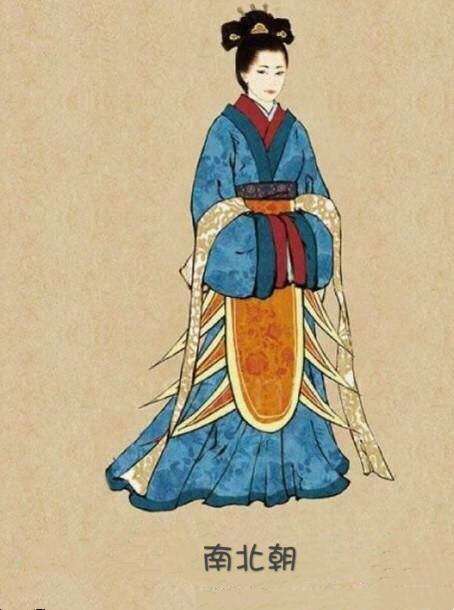
Secondly, women’s wear for the upper part was simple, but the lower part was luxurious. Some women even began to wear wig. In the Western Jin dynasty, the coiled bun was very popular. In the Eastern Jin dynasty, the hairstyle that eyebrows were covered by hairs on the temples with hanging and leaning bangs was the most popular.
From the late Eastern Jin dynasty to the Qi and Liang dynasties, the hairdo was mad upward in the shape of double rings. The ruqun suit (a top garment with a separate lower skirt) that had appeared as early as in the Han dynasty was also very popular at that time. By the Jin dynasty, the dress was characterized by short and small jackets as well as loose and large skirts.
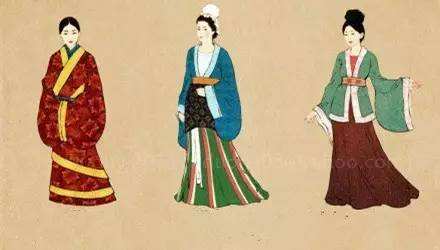
Thirdly, hutoulv and gaochiji (a type of painted clog) were the most popular footwear at that time.
Meanwhile, the minorities were also influenced by the Han culture; thus based ontheir own tradition, they also absorbed the advantages of the Han nationality’s dress. The dress culture was therefore enriched. In the 18th year of Taihe(AD 494) of the reign of the Northern Wei dynasty, which was established by Xianbei minority.
the Emperor Xiaowen moved the nation’s capital to Luoyang. After that, he advocated the Hanization policy and replaced their original surnames with the Han nationality’s surname. In addition, the Emperor Xiaowen took the lead to wear the Han nationality’s dress. In history, this was recorded as “Emperor Xiaowen’s Reform”. In this way, the dress culture of the Xianbei minority merged with the civilization of Central Plains, which not only helped the continuance of the crown clothing system that had lasted for hundreds of years, but also pushed the development of the Chinese dress culture forward.
